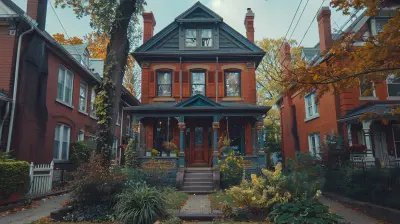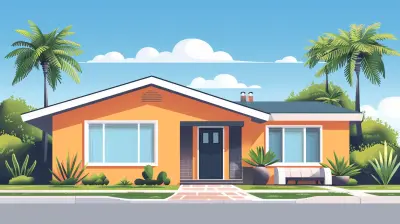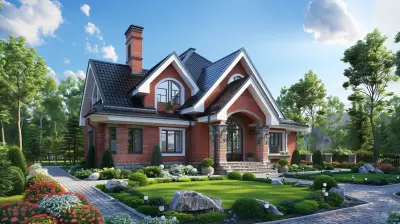How Population Growth Affects Commercial Real Estate Pricing
10 July 2025
If you've been paying attention to real estate trends, you've probably noticed that cities with booming populations tend to see skyrocketing commercial property prices. But have you ever wondered why? What is it about population growth that sends commercial real estate pricing on an upward trajectory?
In this article, we’ll break down the dynamics of population growth and examine how it directly affects commercial real estate pricing. Whether you're a real estate investor, business owner, or just someone interested in market trends, understanding this relationship could help you make informed decisions. 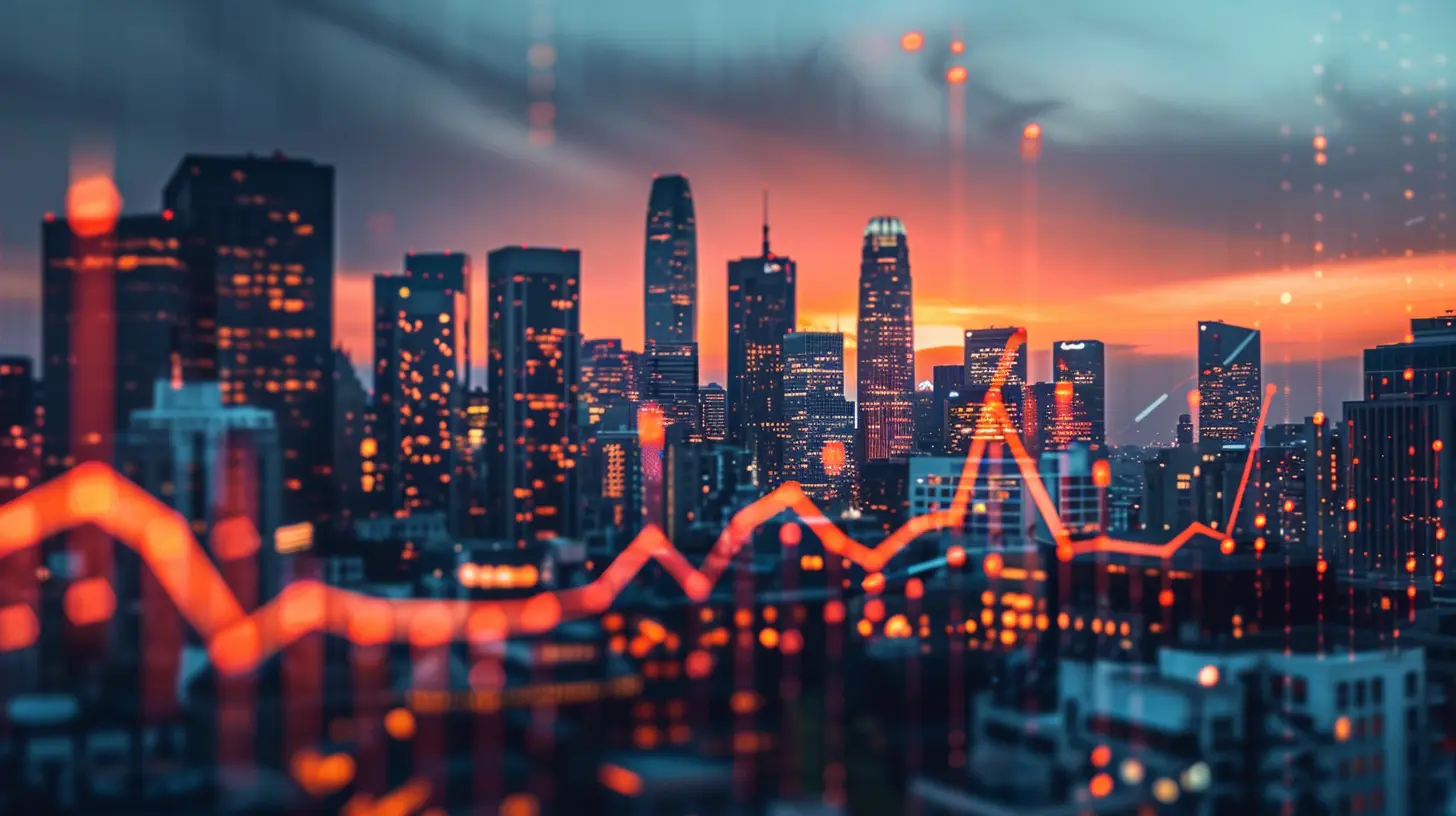
Understanding Population Growth in Real Estate
Before we dive into the impact on commercial real estate, let's set the stage. Population growth isn't just about more people moving into an area—it’s about the economic and social changes that come with it.When a city or region experiences population growth, two major things happen:
1. Increased Demand for Goods and Services: More people mean more restaurants, stores, offices, and entertainment venues.
2. Higher Demand for Space: Businesses need real estate to operate, and with more consumers in the area, the competition for space rises.
Now that we’ve covered the basics, let's explore the ways in which population growth directly influences commercial real estate prices. 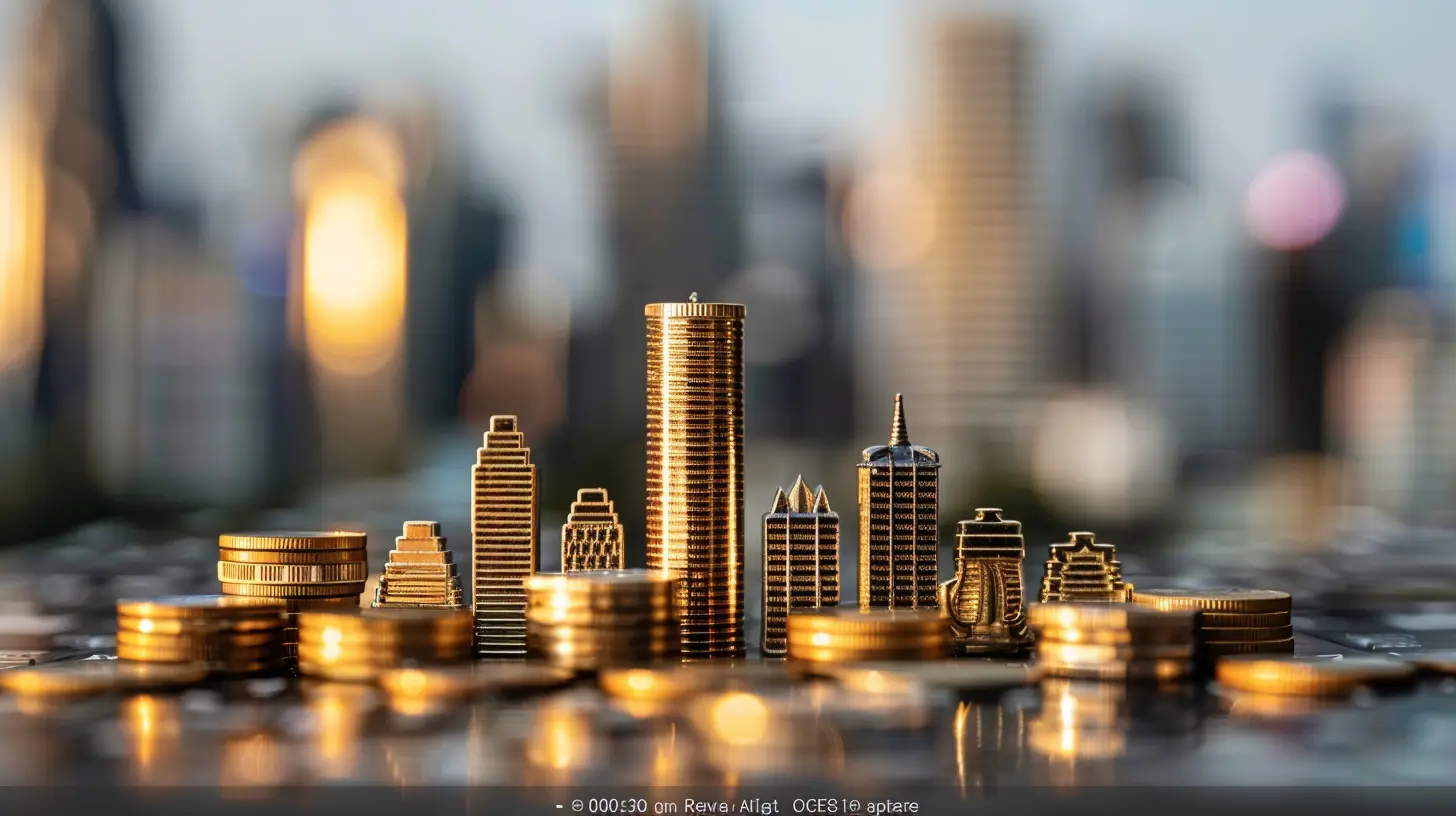
1. Supply and Demand: The Core Driver of Pricing
At its core, commercial real estate operates on supply and demand—just like any other market. When population growth surges in an area, the demand for commercial space skyrockets.How does this work?
- More people move into a city → More businesses open up to serve them → Demand for commercial spaces rises → Prices increase.- If supply can't keep up with demand, then competition among businesses for limited space drives prices even higher.
Imagine a game of musical chairs where more people are added, but the number of chairs stays the same. The competition intensifies, and the value of those remaining chairs (commercial properties) soars. 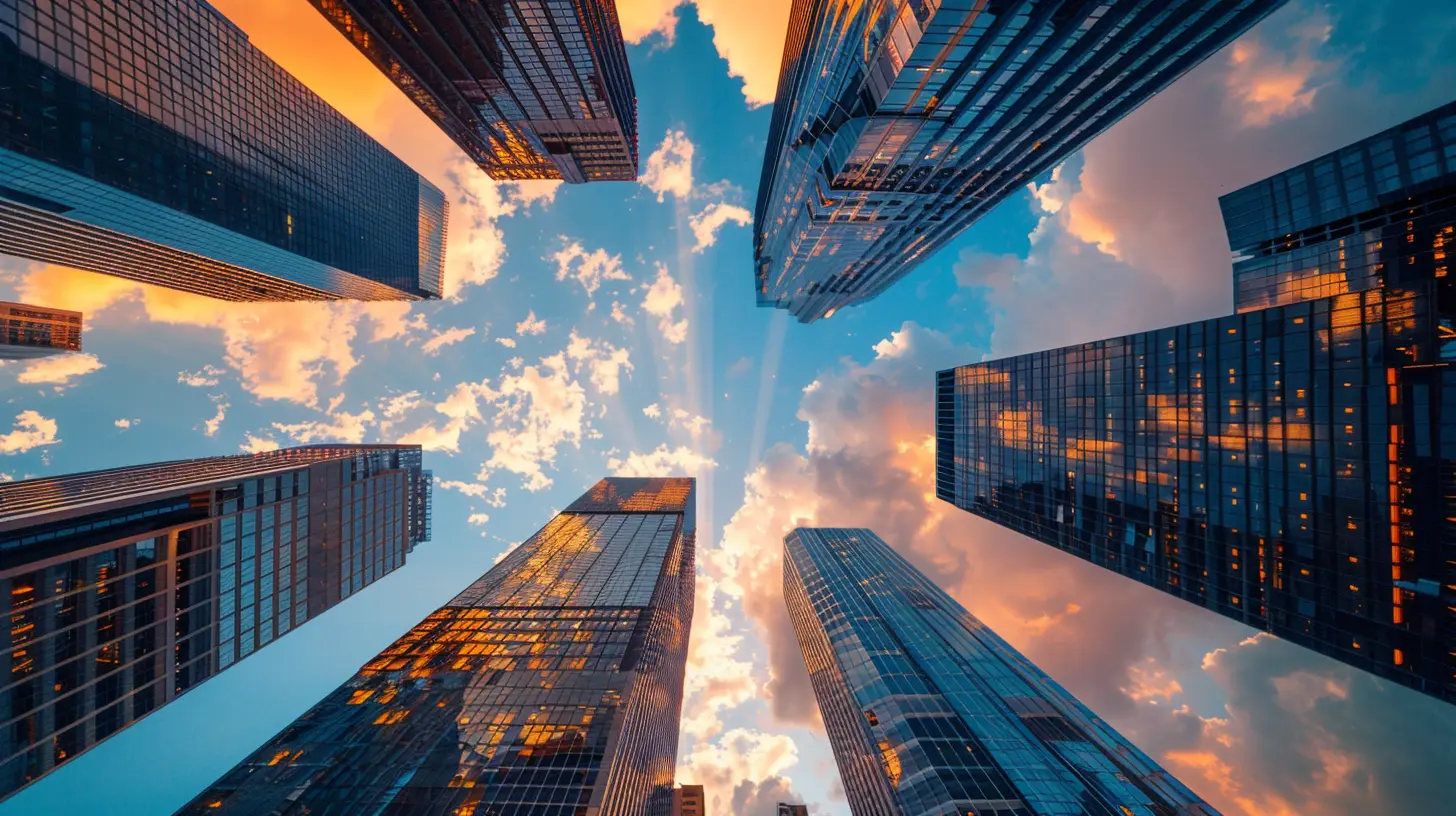
2. The Impact on Retail Real Estate
Retail businesses thrive when there are people to shop, dine, and spend. When an area experiences population growth, retail stores, restaurants, and entertainment venues race to secure prime locations.What happens next?
- Commercial landlords recognize the increased demand and raise rents.- Property owners may sell to retail chains willing to pay a premium for high-traffic locations.
- Investors jump in, further driving prices up as they anticipate future appreciation.
High-footfall areas (like downtown districts and shopping hubs) become gold mines, with commercial rents reaching record highs. 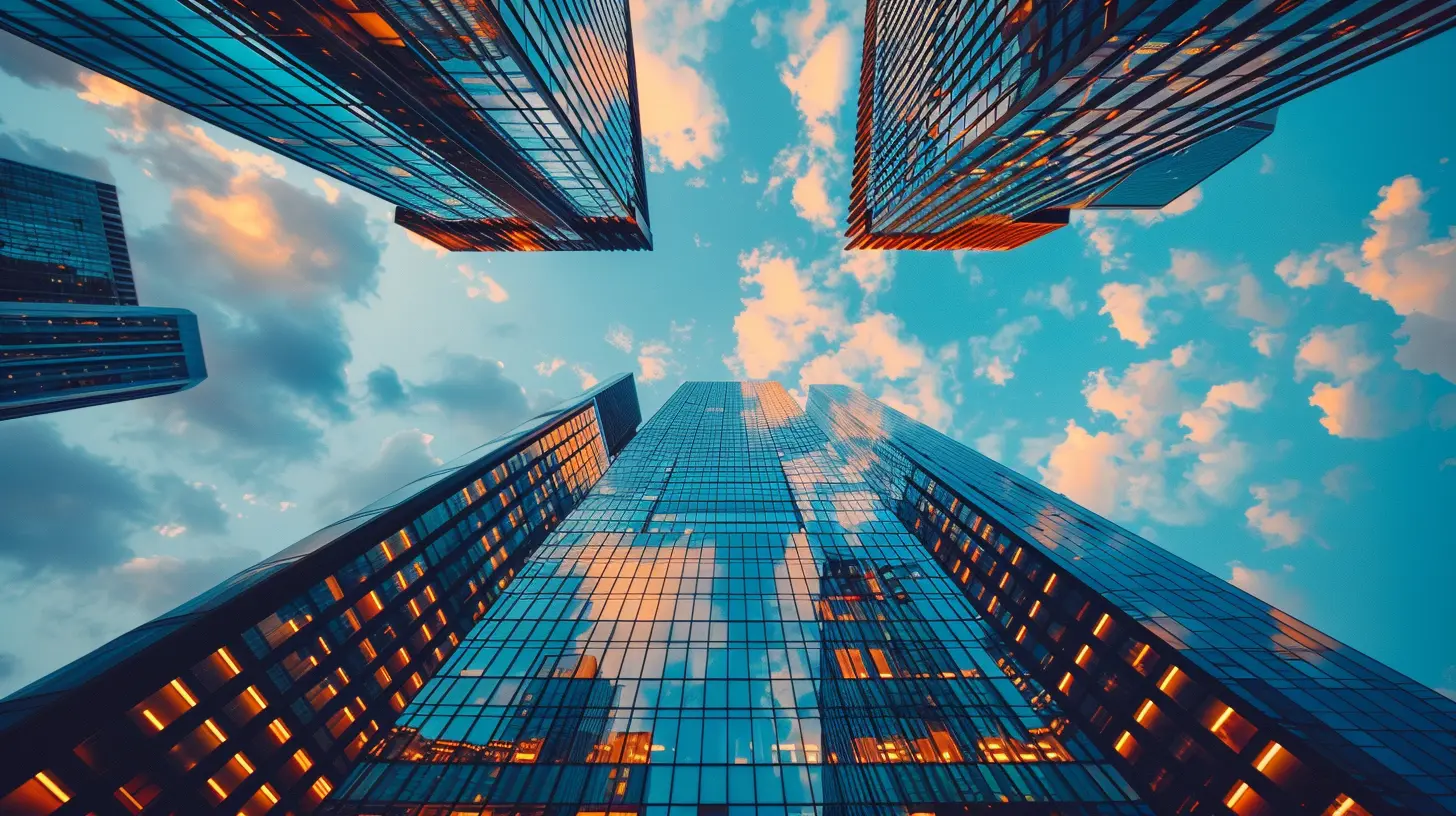
3. Office Spaces: More Workers, More Demand
Population growth doesn't just mean more residents—it also means a growing workforce. As new businesses sprout up and existing ones expand, the need for office space rises.How does population growth affect office real estate?
- Increased Workforce Density: More people mean more professionals requiring office spaces.- Expansion of Businesses: Existing companies expand their footprint to accommodate growing teams.
- Corporations Relocating to High-Growth Areas: Businesses follow the workforce to cities with increasing populations, raising demand for commercial properties.
The result? Office building prices and rental rates surge, particularly in urban centers experiencing strong workforce inflows.
4. Residential Growth Fuels Commercial Expansion
Most commercial properties exist to serve the residential population. As housing developments increase—whether through single-family homes, apartments, or condominiums—commercial developments follow.Why does residential growth push up commercial real estate prices?
- Retail and Service Demand: A new housing development attracts grocery stores, coffee shops, gyms, and schools.- Infrastructure Development: Improved roads, transit options, and utilities make areas more attractive, increasing commercial real estate values.
- Gentrification: As wealthier residents move into an area, commercial landlords capitalize on the trend by raising prices.
As new neighborhoods emerge, commercial hotspots naturally follow, leading to increased real estate costs across the board.
5. The Role of Government Policies
Local governments play a significant role in shaping commercial real estate pricing through policies, zoning regulations, and urban planning initiatives.How do government actions influence pricing?
- Zoning Laws: Restrictive zoning can limit commercial development, causing scarcity and higher prices.- Infrastructure Investments: Public transit expansions and road improvements make certain areas more desirable, pushing up property values.
- Tax Incentives for Businesses: Some areas encourage commercial investment with tax breaks, which can drive up demand (and prices) in those regions.
A city’s approach to urban planning can either accelerate or slow down commercial real estate price growth, depending on how effectively it manages increasing population density.
6. The Risk of Overdevelopment
While rising populations typically push commercial real estate prices higher, there’s always a risk of oversupply.What happens when development outpaces demand?
- A surplus of commercial spaces can lead to lower rental prices.- Vacancies increase, causing property values to stagnate or drop.
- Investors may panic, leading to a downturn in commercial real estate prices.
Cities must balance growth and development wisely. Overdevelopment can lead to ghost buildings—modern, empty spaces waiting for tenants who never come.
7. The Future of Commercial Real Estate in Growing Cities
Looking ahead, what should investors and businesses expect as populations continue to grow?Key Predictions:
- Sustained Price Increases in High-Growth Areas: Cities experiencing steady population booms will likely see continued commercial real estate appreciation.- Shift Toward Mixed-Use Developments: Combining residential, retail, and office spaces in one location will become more common.
- Tech-Driven Real Estate Models: Smart buildings, co-working spaces, and e-commerce warehouses will shape future commercial pricing trends.
Understanding these patterns can help individuals and businesses make strategic real estate decisions in growing urban centers.
Final Thoughts
Population growth is one of the most significant drivers of commercial real estate pricing. As more people move to a city, the demand for retail, office, and mixed-use spaces rises, often leading to increased property values. However, challenges like overdevelopment and regulatory policies can also shape pricing trends.For investors, business owners, and real estate professionals, keeping an eye on population patterns can offer valuable insights into future commercial property trends. In the ever-changing world of real estate, the population factor remains a critical puzzle piece that can dictate where prices go next.
all images in this post were generated using AI tools
Category:
Commercial Real EstateAuthor:

Vincent Clayton
Discussion
rate this article
1 comments
Caelum Scott
Exciting times ahead! Population growth can transform commercial real estate, driving innovation and opportunity in vibrant markets. Let's embrace the change!
July 15, 2025 at 11:26 AM

Vincent Clayton
Absolutely! Population growth indeed fuels demand and innovation in commercial real estate, creating new opportunities in thriving markets. Let's embrace this transformation!
